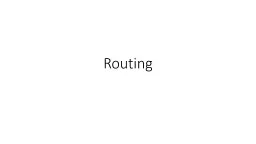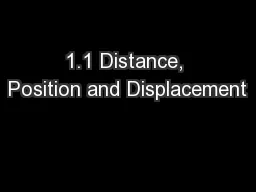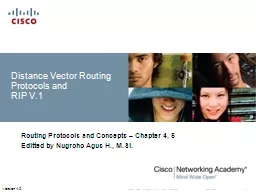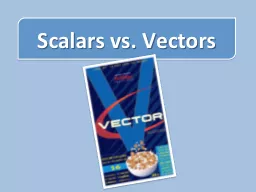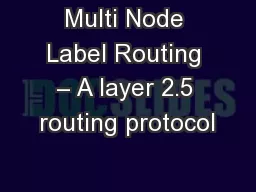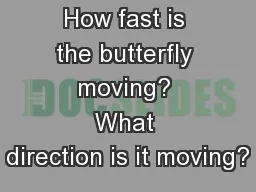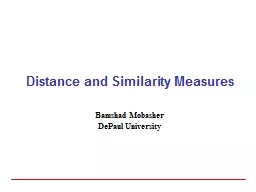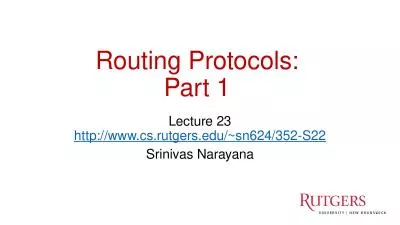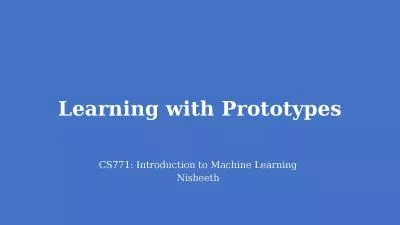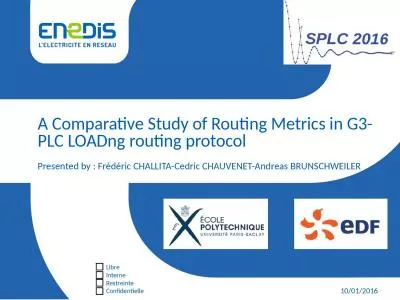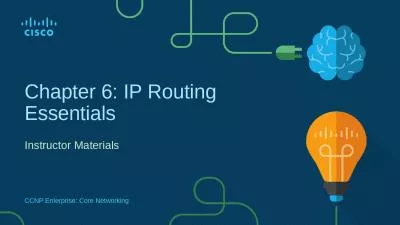PPT-Routing Distance Vector (DV) Routing
Author : tatyana-admore | Published Date : 2019-11-22
Routing Distance Vector DV Routing Sets up minimum distance routes to all nodes in a network Routing tables created at each node with following fields The core algorithm
Presentation Embed Code
Download Presentation
Download Presentation The PPT/PDF document "Routing Distance Vector (DV) Routing" is the property of its rightful owner. Permission is granted to download and print the materials on this website for personal, non-commercial use only, and to display it on your personal computer provided you do not modify the materials and that you retain all copyright notices contained in the materials. By downloading content from our website, you accept the terms of this agreement.
Routing Distance Vector (DV) Routing: Transcript
Download Rules Of Document
"Routing Distance Vector (DV) Routing"The content belongs to its owner. You may download and print it for personal use, without modification, and keep all copyright notices. By downloading, you agree to these terms.
Related Documents

